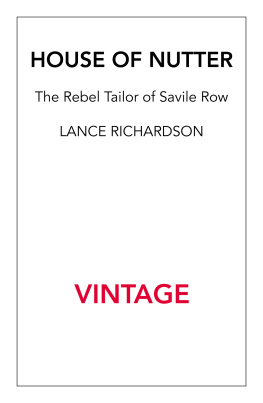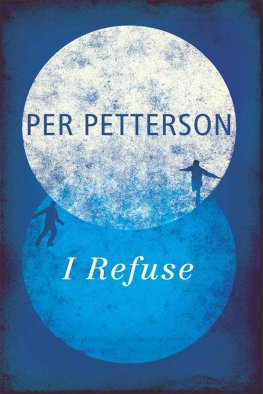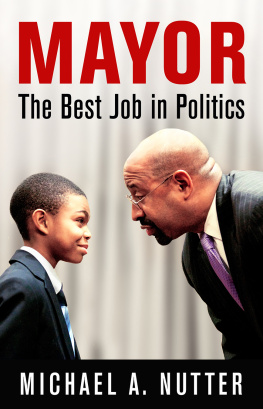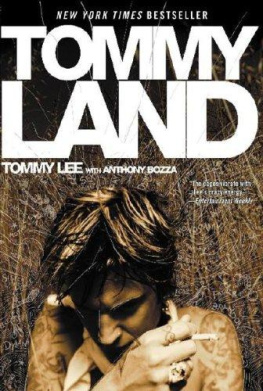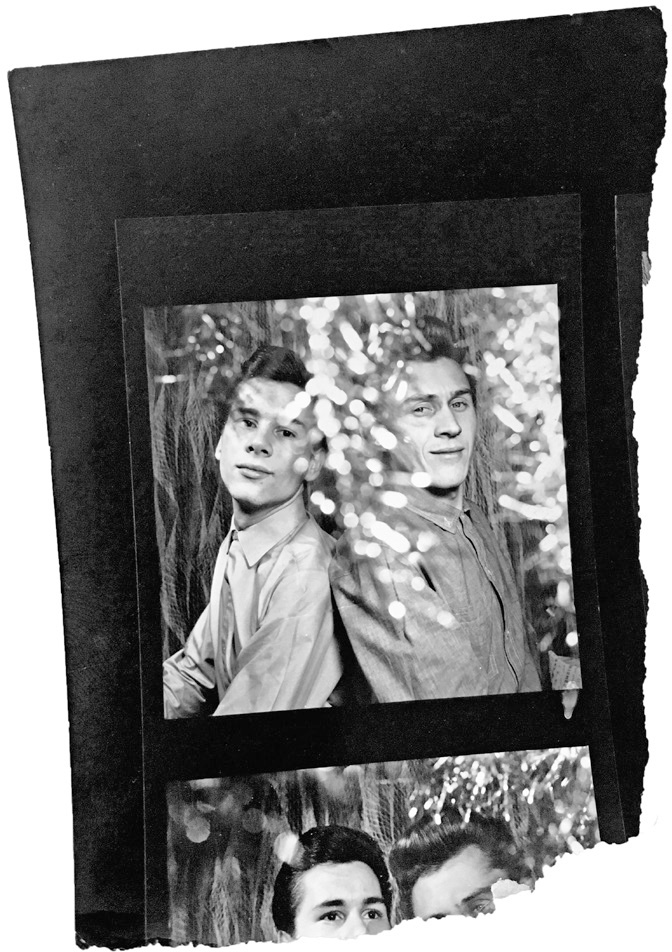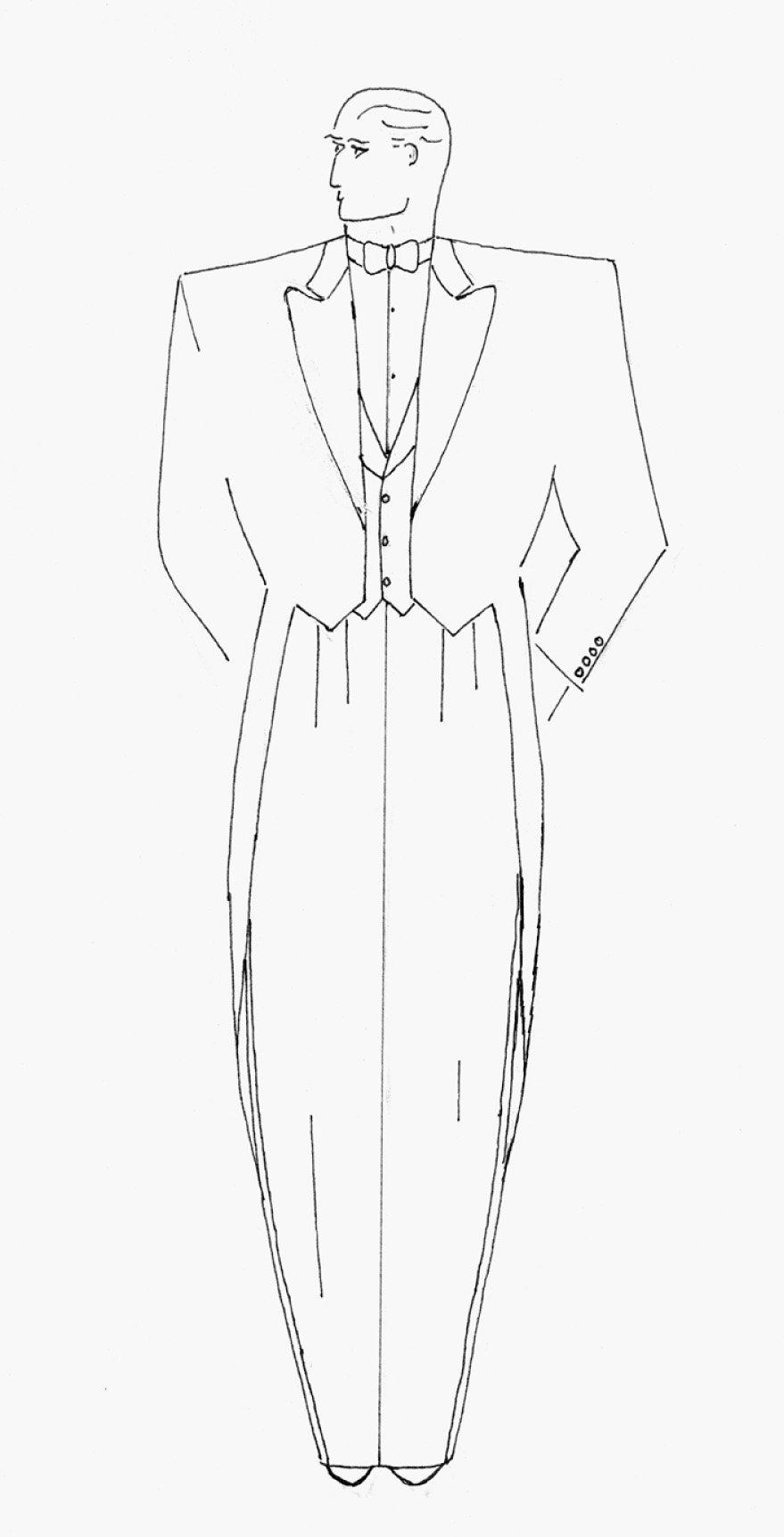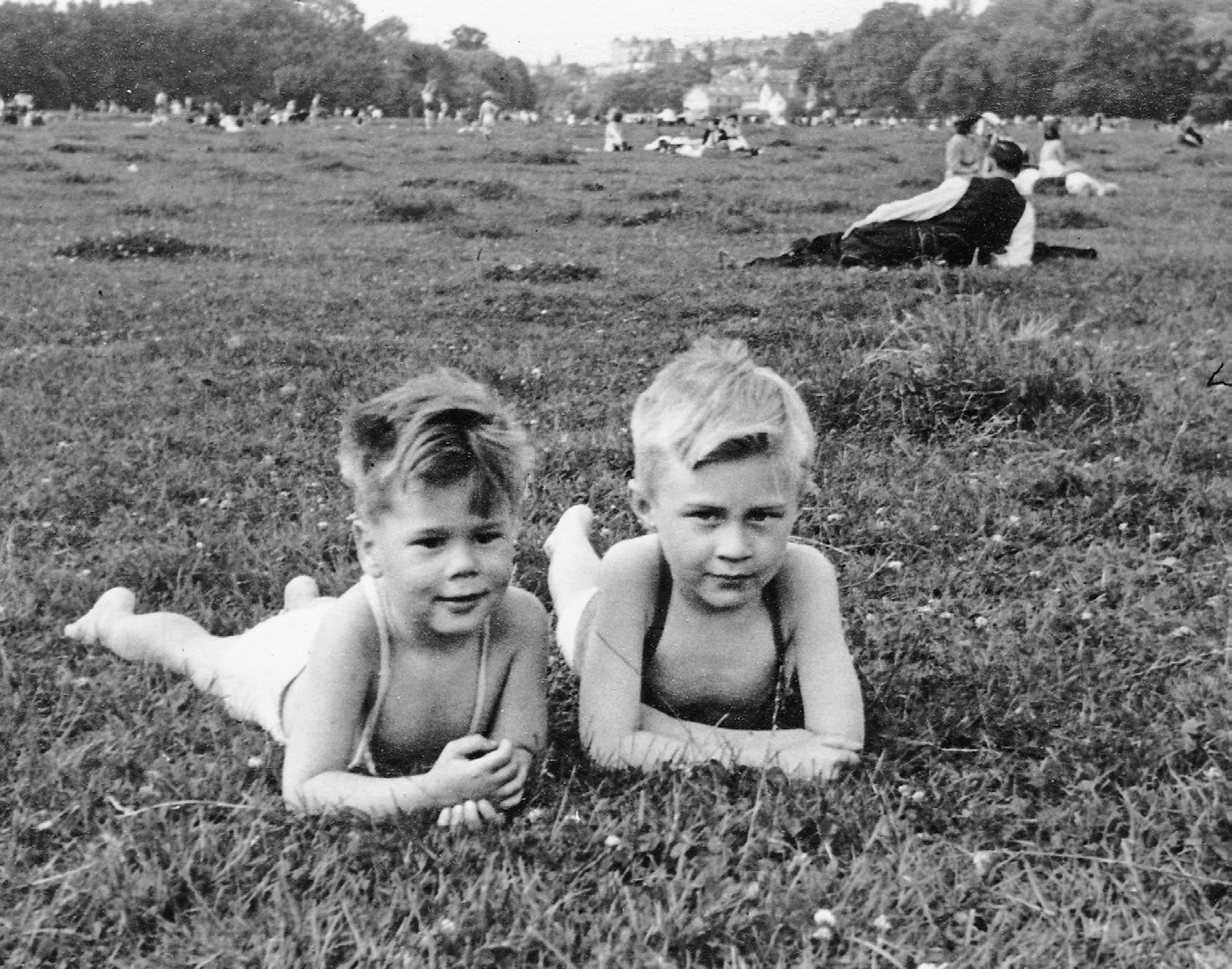This ebook is copyright material and must not be copied, reproduced, transferred, distributed, leased, licensed or publicly performed or used in any way except as specifically permitted in writing by the publishers, as allowed under the terms and conditions under which it was purchased or as strictly permitted by applicable copyright law. Any unauthorized distribution or use of this text may be a direct infringement of the authors and publishers rights and those responsible may be liable in law accordingly.
Epub ISBN: 9781473546646
Version 1.0
1 3 5 7 9 10 8 6 4 2
VINTAGE
20 Vauxhall Bridge Road,
London SW1V 2SA
Vintage is part of the Penguin Random House group of companies whose addresses can be found at global.penguinrandomhouse.com.
Copyright Lance Richardson 2018
Lance Richardson has asserted his right to be identified as the author of this Work in accordance with the Copyright, Designs and Patents Act 1988
First published in the US by Crown Archetype in 2018
First published in the UK by Chatto & Windus in 2018
penguin.co.uk/vintage
A CIP catalogue record for this book is available from the British Library
TOMMY NUTTER is a registered trademark used here with the kind permission of its proprietor, J&J Crombie Limited.
for
Rebecca Cubitt
because it was your idea
&
Dawn Black
because it is your life
Tommy Nutter in New York, 1974.
PREFACE
You may not recognise the name of Tommy Nutter, but you almost certainly know his clothes. Picture Elton John in the 1980s, playing the piano on a vast arena stage while wearing a heavily padded suit that is half black, half white, like a yin and yang symbol. Or imagine Bianca Jagger sometime in the 1970s, languorous and grumpy in a pistachio-coloured mens suit as she fiddles with her Malacca cane. Or a sure bet recall the album cover of Abbey Road: four Beatles marching across the street in north-west London, with John Lennon, Ringo Starr and Paul McCartney dressed in immaculate bespoke.
Tommy Nutter was just twenty-six years old when, in 1969, he opened Nutters of Savile Row. He had no formal education as a fashion designer, and no advanced training as a tailor nothing, really, except what he once described as an in-built feeling for clothes.
I first heard about Tommy Nutter several years ago, when a friend told me the story of a young man who once, after being denied entry into a party at the Tate, threw himself into the River Thames. It sounded so outlandish, so extreme and operatic, that my curiosity was piqued. What intrigued me once I did further research, however, was not so much his burnished image as the Tailor to the Stars an iconoclast who shook the foundations of a hallowed industry but the tension between his vaunted reputation and the realities of his private life.
Here was a man whose suits are now safeguarded in the Victoria & Albert Museum and New Yorks Metropolitan Museum of Art, though he could barely manage a backstitch. Here was a man who comported himself with grace and hobnobbed with Princess Margaret at galas in Venice and Munich, yet had grown up above a humble cafe that catered to truck drivers. A man whod managed to pull himself out of the working class using nothing more than the strength of his own imagination, an imagination so boundless, it seemed, that it could overcome all reason and even prove ruinous.
Tommy Nutter was obsessed with his public image. He was also gay, coming of age in the oppressive censoriousness of the 1950s. Indeed, his life vividly personalised forty years of critical gay history. From the underground queer clubs of Soho to the unbridled freedom of New York bathhouses to the terrifying nightmare of Aids Tommy was there, both witness and participant. As a gay man myself, it occurred to me that Tommys focus on outward appearances might have been a way for him to take control and overcome the more challenging aspects of his lived experience. After all, one way gay men mitigate the perennial pressure to conform to societal norms of masculinity is by striving for perfection (in body, in clothes, in career), overcompensating until that which sets us apart our taste, say becomes so impressive it assumes its own power.
Tommy ultimately died from Aids-related pneumonia in August 1992. The lives of many artists, performers and designers were lost prematurely to the plague and have since been unfairly marginalised in the collective memory. This, finally, was the strongest motivation for me writing this book: I saw an opportunity to rescue one persons story from the drift of oblivion.

Of course, when you go rummaging around in the past there is a good chance youll stumble across something you never dreamed of finding. It happened to me early in the research phase, when I arranged to meet Tommy Nutters brother in a cafe on New Yorks Upper West Side. Seventy-seven years old, David Nutter turned up wearing a crumpled Rolling Stones T-shirt and clutching a tote bag stuffed with the kind of original photographs usually exhibited in a gallery. He had taken them all himself, he said; they were just sitting in his apartment in stacks of cardboard boxes. Over coffee, he made a range of passing references that seemed inscrutable in the moment to an obscenity trial, to the birth of disco, to Starship 1, to Michael Jackson, to Mick Jagger. It would take me many months to untangle everything, and years before I understood exactly how kaleidoscopic the Nutter saga really was. But I quickly intuited that I was writing a book about two people here, two gay brothers, two halves of a larger, stranger whole.
To discuss a mans wardrobe is really to discuss a mans life. For the kind of clothes he has in it reveals his way of life; and their condition and degree of fashionableness will show his character.
HARDY AMIES, ABCof Mens Fashion
Grace / to be born and live as variously as possible.
FRANK OHARA , In Memory of My Feelings
PART I
19391968
Fashion, indeed, is born only in social struggle, and it is typical of new and struggling societies and times of violent social change which give birth to new social orders that styles change with equal violence.
PEARL BINDER , The Peacocks Tail

